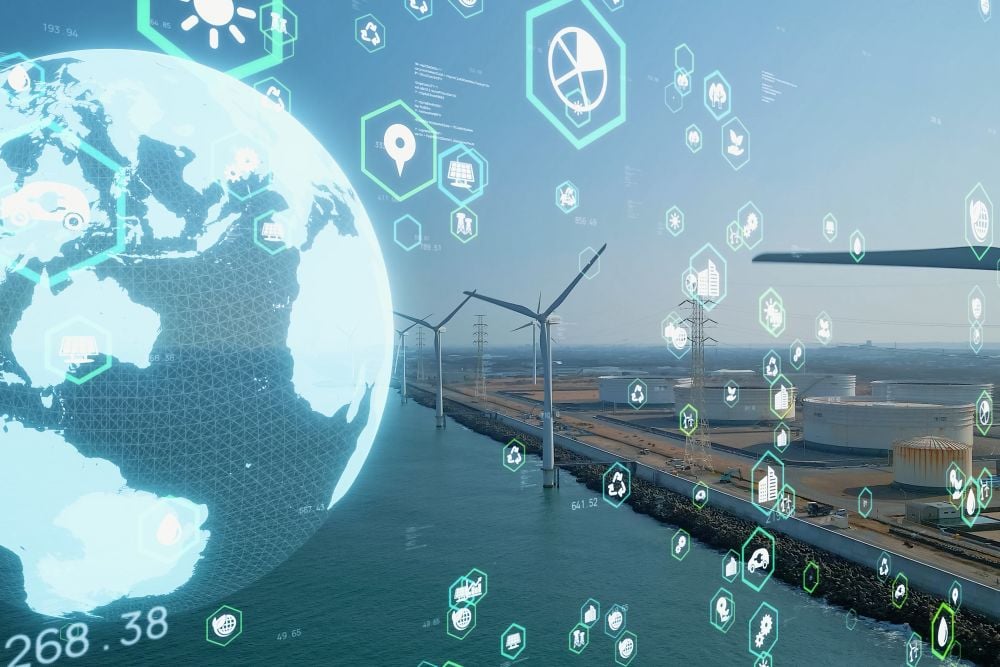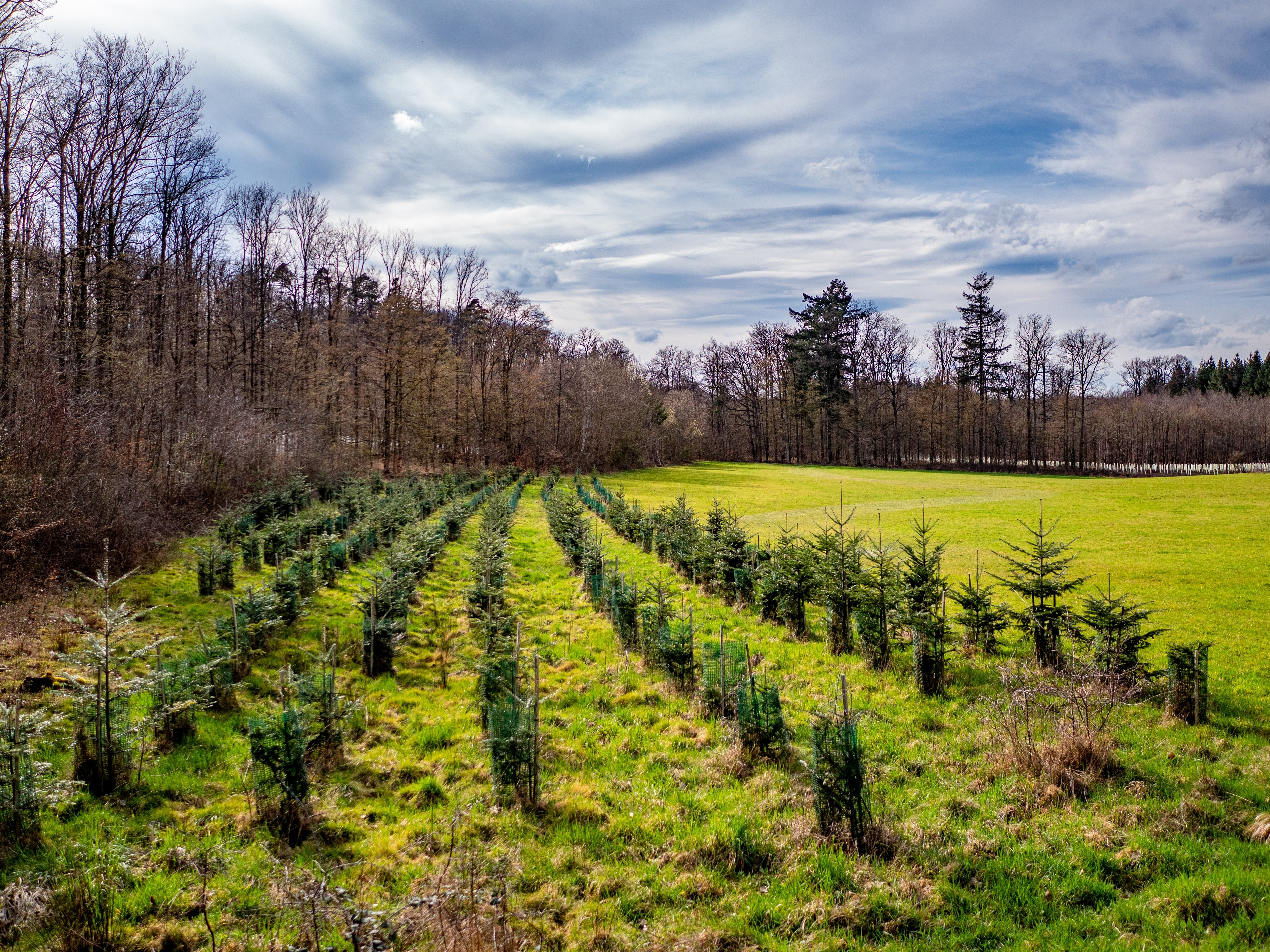Investment opportunities for infrastructure investors are opening up in the Asia-Pacific region’s oil and gas (O&G) sector, which is under pressure to reduce its carbon footprint and find new sources of financing in the wake of weak oil prices.
This trend is bringing into play non-traditional sources of finance, particularly pension and superannuation funds, for financing O&G infrastructure assets in the region, according to a study by global law firm White & Case.
The O&G industry, which is the largest supplier of energy in the world today, plays a big part in meeting the world’s climate-change goals as the industry’s operations account for 9% of all human-made greenhouse gas (GHG) emissions. It also produces the fuels that create another 33% of global emissions, according to a separate study by global consultants McKinsey & Company.
Historically, oil and gas asset holders in Asia-Pacific were resistant to outside participation from other asset owners. But a spate of recent asset disposals indicates that the energy majors – traditionally the oil explorers and developers of offshore oil and gas infrastructure – can no longer justify the capex on offshore infrastructure on a standalone basis. Hence, they are seeking ways to monetize their infrastructure assets and deploy the capital elsewhere in the value chain, including in ventures that will facilitate a less GHG-intensive energy mix.
An example of a recent asset disposal by an O&G major is an Australian liquified natural gas (LNG) project that involved the US$2 billion sale by Royal Dutch Shell of a stake in its common facilities at its Queensland Curtis LNG plant in June 2020.
Also, in November 2020, Woodside Energy said it was on course to sell approximately 50% of its proposed US$6 billion Pluto Train 2 LNG liquefaction facility to infrastructure investors and that it was considering offloading parts of other assets.
“The explorers, developers and infrastructure players have seen costs increase markedly over the past ten years,” says Tim Baldwin, chief executive officer of GB Energy, the developer of Australia’s Golden Beach Gas project. “They are now looking to be much more capital efficient, whether that’s reducing capital or the cost of capital.”
Besides, deal flow in the O&G space is a function of the price of oil, which is expected to remain weak in the foreseeable future. “At US$100 a barrel, there’s not a lot of interest in divesting assets,” says Kyle Mangini, global head of infrastructure at Melbourne-based IFM Investors. “But when prices are at the lower end of the cycle (currently at US$60), there tends to be more internal competition for capital within the organization, and a greater willingness to think about bringing in outside investors. When the prices are high and cash flow is strong, there tends to be much less interest.”
As a result, Asia-Pacific is witnessing a shift away from the traditional model, in which O&G companies retain complete control of financing, ownership and governance of their own infrastructure, towards a model in which external institutional investors, such as pension and superannuation funds, are allowed to invest in the same infrastructure. Under the new model, revenues are sourced from a range of resource owners (i.e., pension and super funds, et cetera) using a tolling or user-pays system.
“Historically, complex hydrocarbon projects operated as integrated entities, but now the efficacy of this single structure is being called into question,” according to the White & Case study. “One of the key factors underpinning this profound shift away from the fully integrated model is the desire of O&G incumbents to free up capital across the hydrocarbon value chain and efficiently deploy it on other ventures, particularly those enabling them to lower their carbon footprint.”
Pension and super funds have started entering the LNG infrastructure space and are now moving onto upstream O&G assets that were once part of fully integrated resource-based structures.
These investors are ready to plow vast amounts of capital into O&G infrastructure, compelled by the prospect of stable infrastructure-style revenue streams that have the added benefit of diversifying their portfolios. Large pension funds and sovereign wealth funds have boosted direct allocations to O&G pipeline infrastructure in recent years, according to the White & Case study.
However, it adds, investment in this sector requires a comprehensive understanding of the upstream production regime and operational risks inherent in complex hydrocarbon projects, from governance and competition issues to reputational risk and potential exposure to environmental and safety liabilities.
Although deal activity in Asia-Pacific amounted to only US$426 million as of mid-November 2020, down from US$5.1 billion in 2019, LNG opportunities, according to data provider Wood Mackenzie, account for almost 60% of the new upstream opportunities









